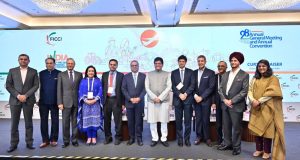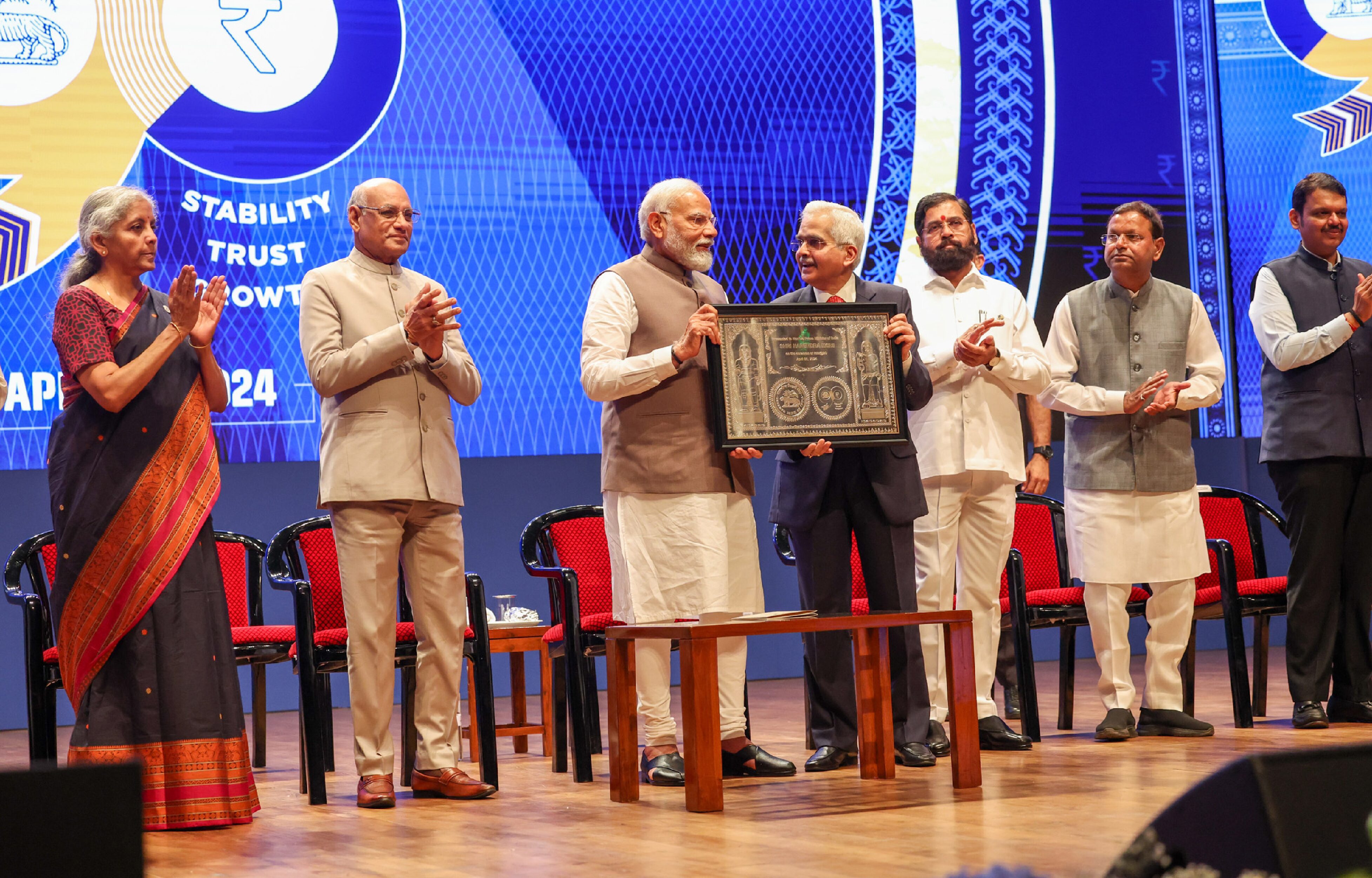In order to promote affordable housing, the government has made several efforts to create enabling environment and eco-system.Towards such an end, the Government has granted infrastructure status to affordable housing which will enable these projects to avail the associated benefits such as lower borrowing rates, tax concessionsand increased flow of foreign and private capital. The announcements were also made pertaining to the affordable housing such as profit-linked income tax deduction, relaxations on tax for vacant/unsold units for 1 year, counting of the carpet area instead of the built up area of 30 and 60 sq.m., among others. This was stated by Shri HardeepPuri, Minister of State of Housing & Urban Affairs (I/C) at exclusive institutional investor event held here today.Addressing the participants, Shri Puri informed that additional measures, such as the Real Estate (Regulation and Development) Act, 2016 (RERA), Real Estate Investment Trusts (REITs), the Benami Transactions (Prohibition) Amendment Act 2016, higher tax breaks on home loans, the Goods and Services Tax (GST), land related reforms, optimizing development control rules, rationalizing of the stamp duty and registration charges, digitalization etc. have also been introduced. “These will be effective in spurring the housing and construction activities, providing huge relief to real estate developers. Also, these would attract private and foreign investments in the housing sector, having a positive multiplier effect on GDP and labor market. We are aware that availability of encumbrance free land within existing municipal areas for urban housing schemes is not an easy task. Therefore, provision has been made to include rural areas falling within the notified Planning/Development areas, under ambit of PMAY (U). It would leverage availability of additional land at cheaper cost for construction of affordable houses”. Responding to the demand and supply gap in affordable housing the Government of India launched Pradhan MantriAwas Yojana (PMAY)-Urban in 2015. The larger goal is to fulfill the housing need of homeless urban poor and enable them to own decent pucca houses with basic infrastructure facilities by 2022. Based on demand assessment at the state level, the nation has the mammoth task of constructing about 12 million houses under EWS/LIG segment of the society in order to achieve the goal of Housing for All, he added.
The Global Housing Construction Technology Challenge (GHCTC) a mega global event has been initiated to attract innovative construction technologies which are adaptable, sustainable, low cost and can be used for creating Large Scale Affordable Housing at rapid pace. Over the next five years until 2022, we will see affordable housing action on the ground unfolding at an increasingly rapid pace – and everyone, not least of all the country’s economy and most importantly the long-neglected end-user of affordable housing, stands to benefit, he further added.
- Government Streamlining FDI and FII Processes to Strengthen Investment Climate: Shri Goyal
- Government to promote tribal products in international markets: Union Minister of Commerce and Industry
- World Food India 2025 MoUs signed worth of ₹1 lakh crore on Day 1 and 2 of the summit
- In a very big step towards self-reliance, BSNL has developed a completely indigenous 4G technology placing India among the top five countries in the world with fully indigenous technology to launch 4G services: PM
- Road Show Showcases Angul Aluminium Park as Odisha’s Strategic Aluminium Hub and Investor Friendly Destination
- MOIL starts export of Manganese ore as State Trading Enterprise
- Government has provided special packages on DAP over and above the NBS subsidy rates on need basis in order to ensure smooth availability of DAP
- 44 Bids Received under 10th Round of Commercial Coal Mine Auctions
- Department of Economic Affairs amends Securities Contracts Regulation Rules (SCRR), 1956, facilitating direct listing of securities by public Indian companies on International Exchanges of GIFT IFSC
- Government provides incentives to small tea growers
 Indian Industry Plus A Pratisrutiplus Suppliment
Indian Industry Plus A Pratisrutiplus Suppliment

















